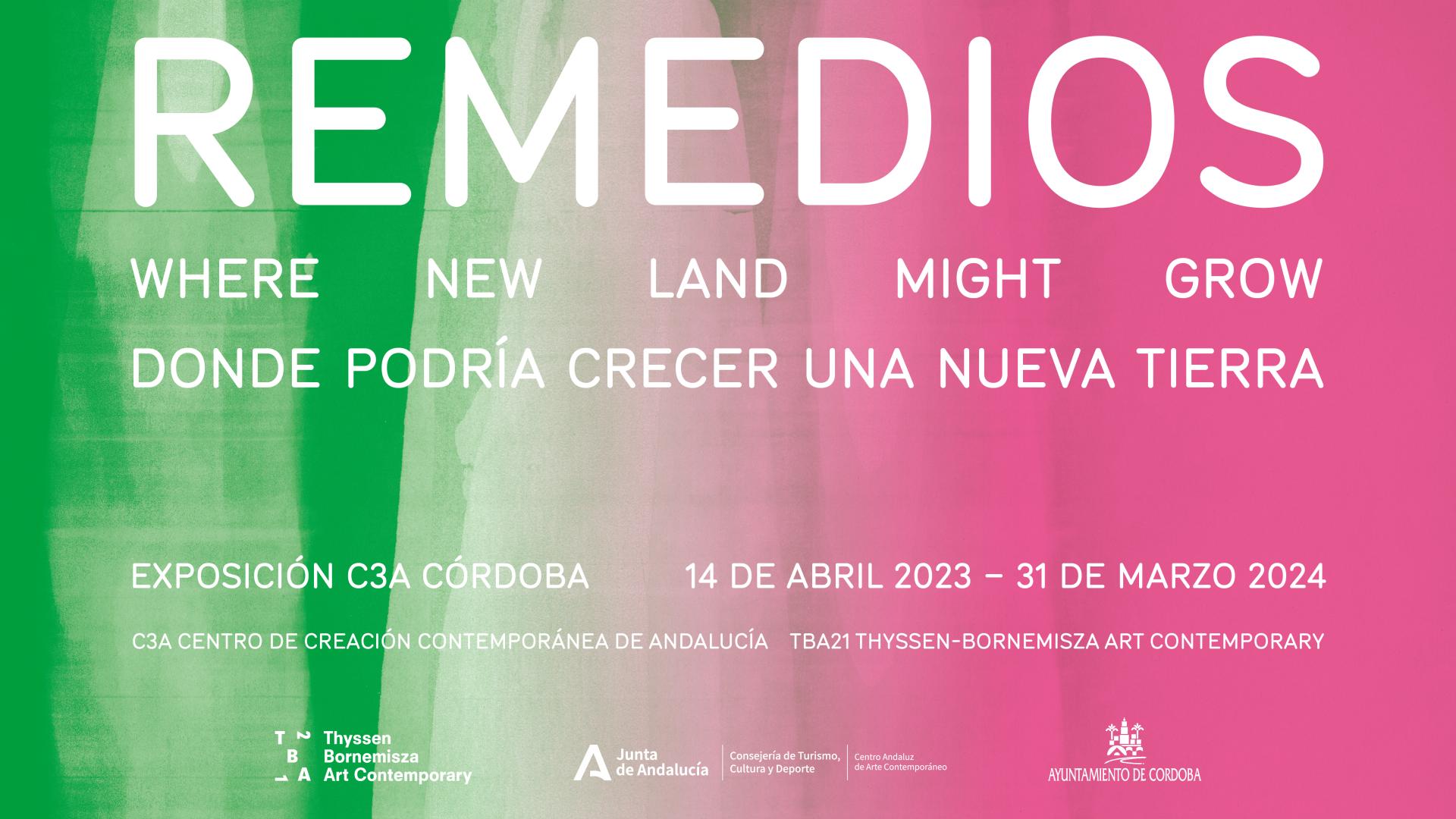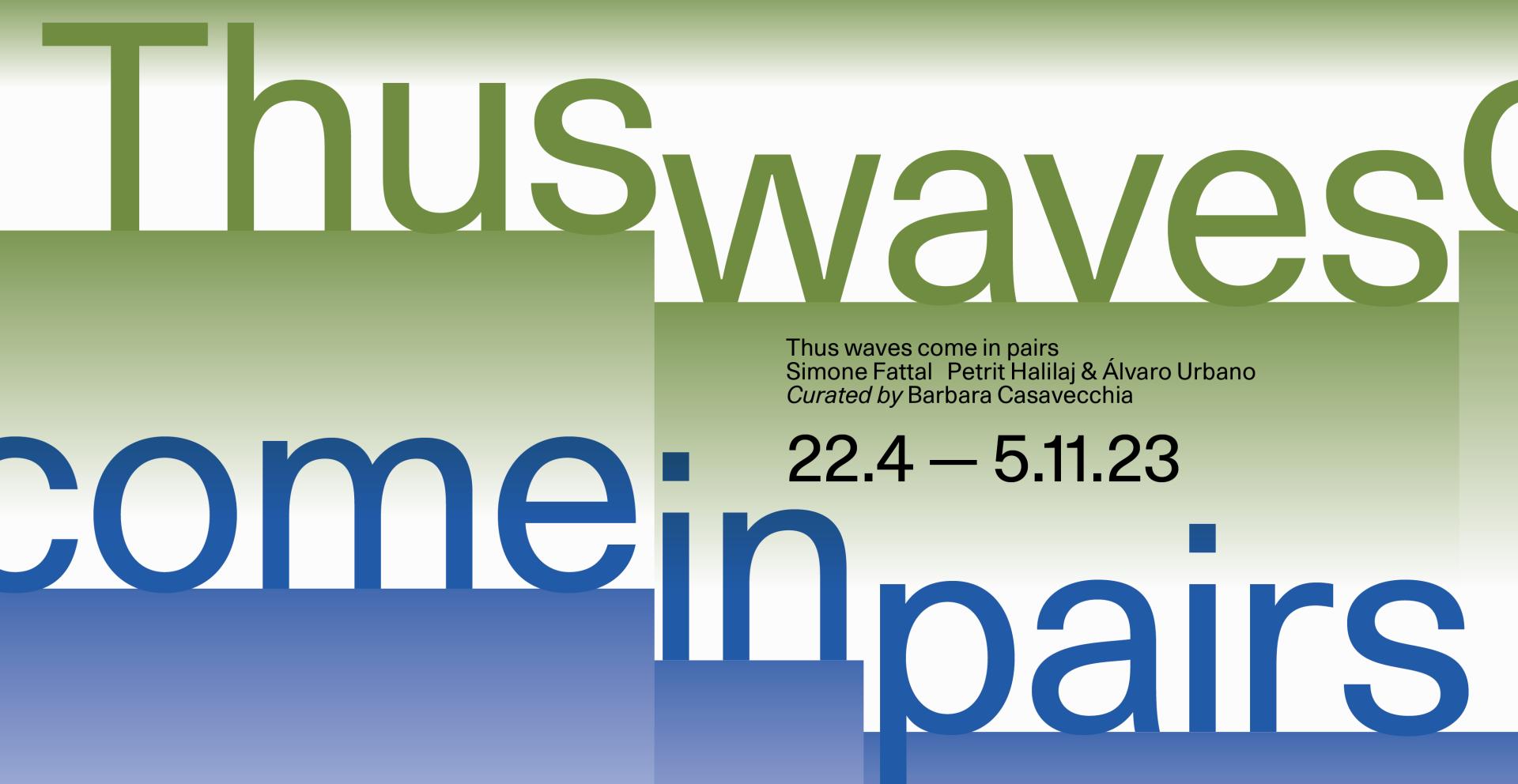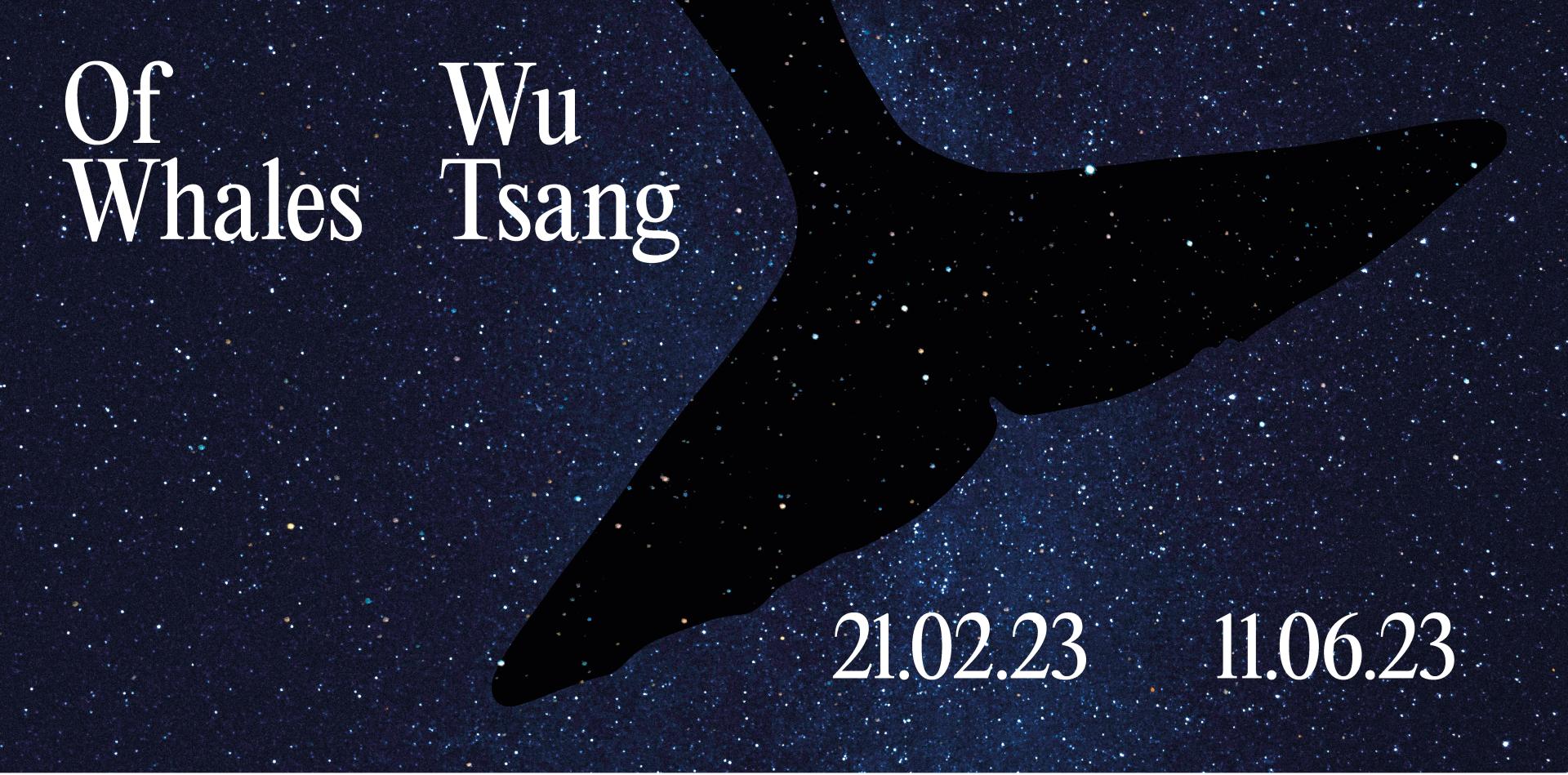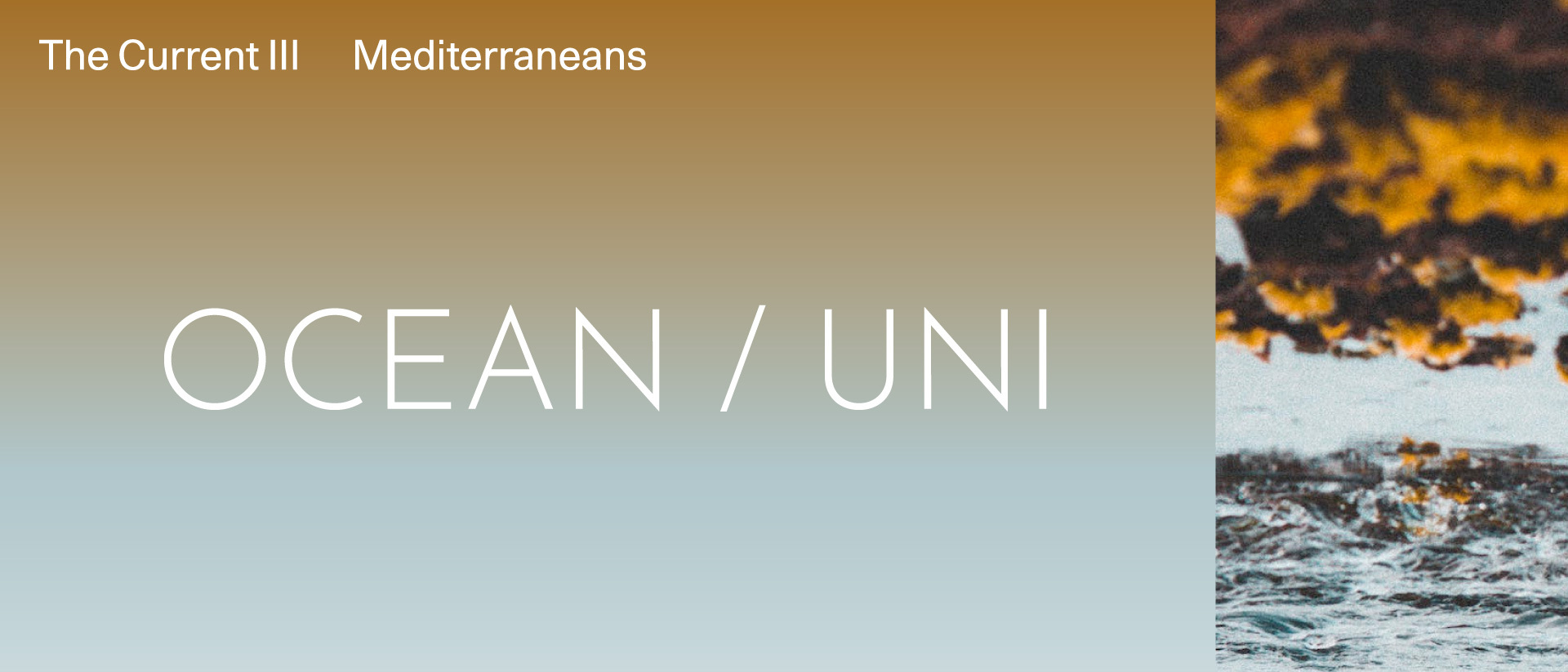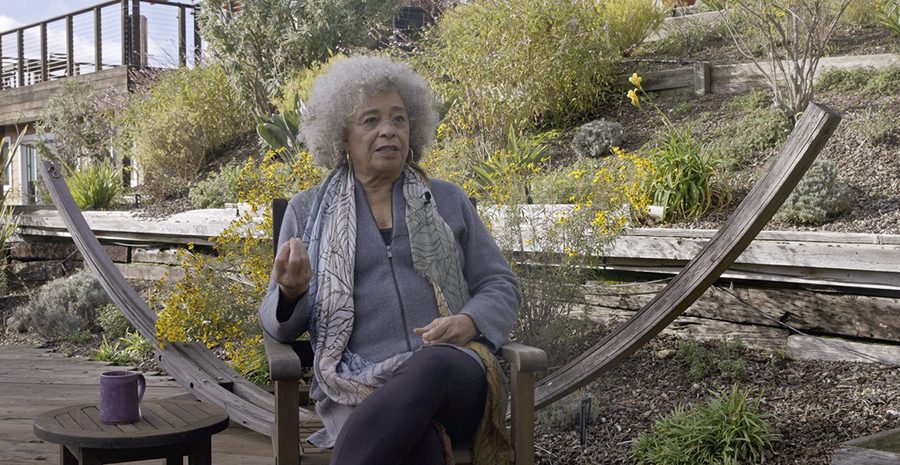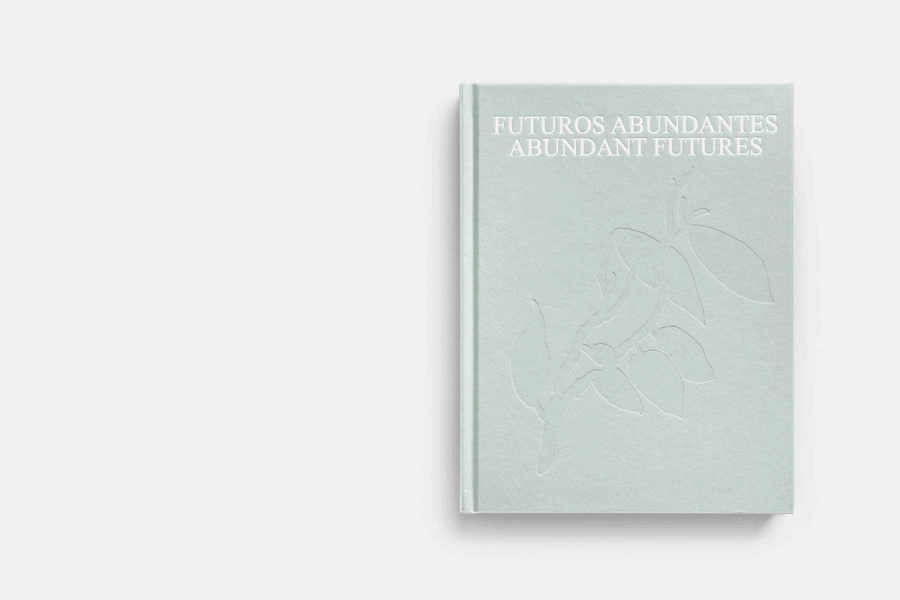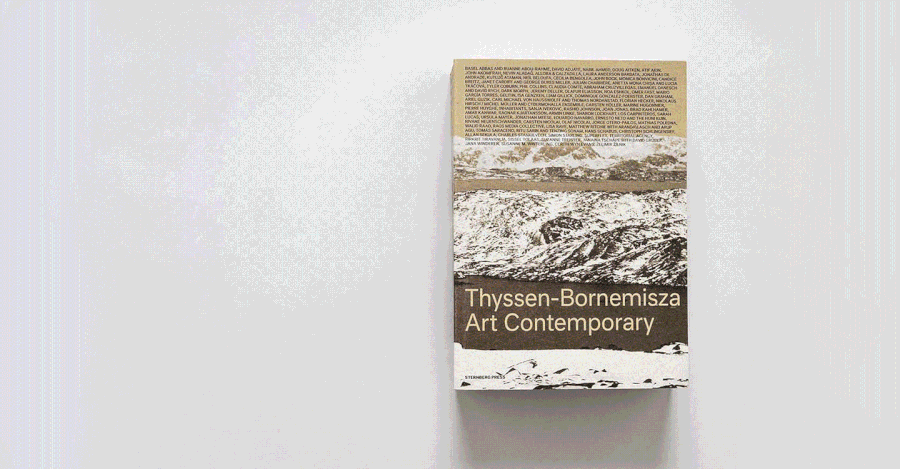Diana Policarpo
CPMK2, 2021
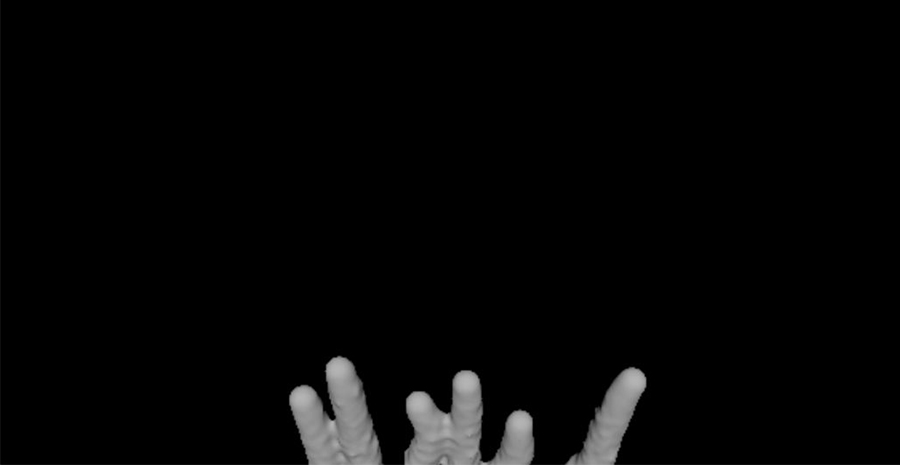
Still, courtesy the artist
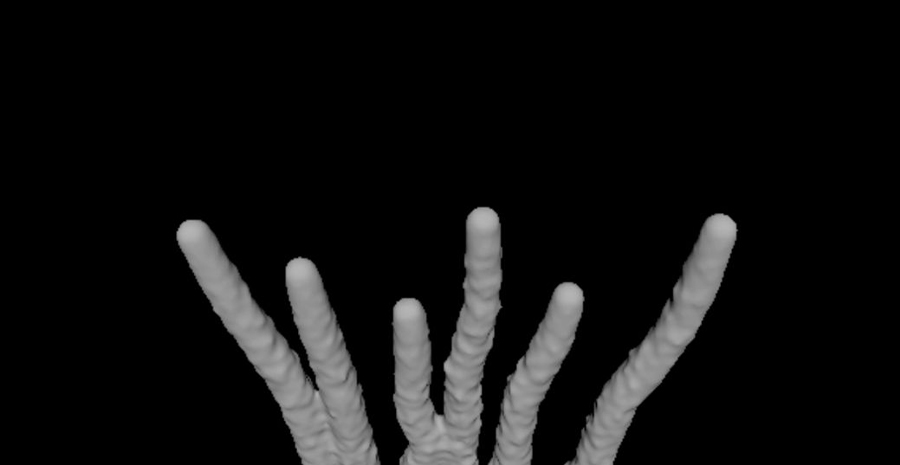
Still, courtesy the artist
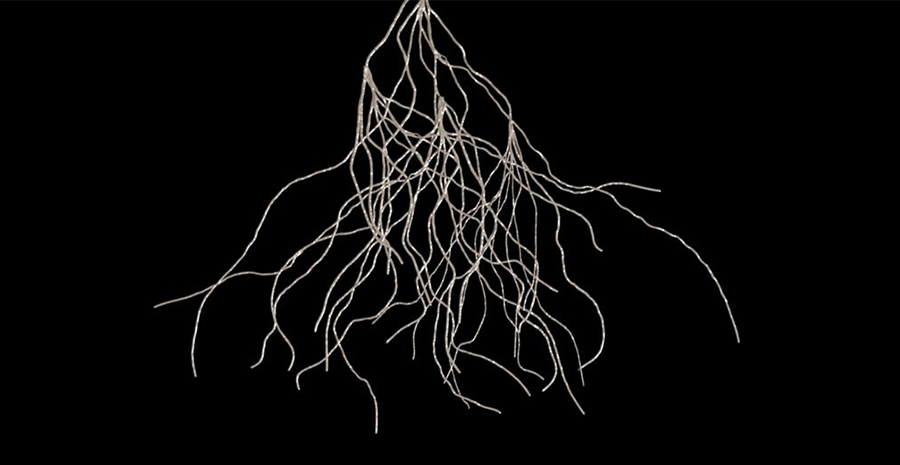
Still, courtesy the artist
TBA21 on st_age
Digital
3D animation, color, sound, 5:43 min
Visual effects by João Cáceres Costa, sound composition in collaboration with Edward Simpson
Commissioned by TBA21 Thyssen-Bornemisza Art Contemporary for st_age in collaboration with Kunsthall Trondheim
Convulsions, hallucinations, burning sensations. Diana Policarpo’s most recent body of work investigates the ergot fungus and its appearance in history, science, and feminist counter-writing. The ergot is a parasite and toxic infectant that grows on rye and other common grains. When consumed by humans and other mammals, the alkaloids it biosynthesizes can lead to poisoning and ergotism. This illness, also known as Saint Anthony’s fire, induces burning and tingling sensations, muscle spasms, gangrene, and hallucinations. Very common during the Middle Ages, poisoning by bread consumption and its ailments appear in paintings by Hieronymus Bosch and Matthias Grünewald as evil forces that test Saint Anthony’s devotion.
For centuries, women have used small doses of ergot extract to heal womb-related pain, to induce abortions, and treat bleeding after childbirth. Ergot also has well-documented hallucinatory qualities leading to psychedelic experiences. CPMK2 is the designation for the mitogen-activated protein (MAP) kinase derived from ergot and used to synthesize LSD. In CPMK2, Policarpo invites viewers to weave together images and sounds of the fungal cycle, the politics of sexual health, the expertise of midwives and healers, with current conditions of precarity and resistance in agrarian communities. Policarpo’s digitally generated forms are inspired by the ergot mushroom hyphae—the long, branching, filamentous structures of a fungus—as well as the bodily transformations enabled by transfeminist biohacking. The soundscape accompanying the 3D animation is sourced from microscope recordings of fungus spores, amplifying their structure to make them audible.
Visual effects by João Cáceres Costa, sound composition in collaboration with Edward Simpson
Commissioned by TBA21 Thyssen-Bornemisza Art Contemporary for st_age in collaboration with Kunsthall Trondheim
Convulsions, hallucinations, burning sensations. Diana Policarpo’s most recent body of work investigates the ergot fungus and its appearance in history, science, and feminist counter-writing. The ergot is a parasite and toxic infectant that grows on rye and other common grains. When consumed by humans and other mammals, the alkaloids it biosynthesizes can lead to poisoning and ergotism. This illness, also known as Saint Anthony’s fire, induces burning and tingling sensations, muscle spasms, gangrene, and hallucinations. Very common during the Middle Ages, poisoning by bread consumption and its ailments appear in paintings by Hieronymus Bosch and Matthias Grünewald as evil forces that test Saint Anthony’s devotion.
For centuries, women have used small doses of ergot extract to heal womb-related pain, to induce abortions, and treat bleeding after childbirth. Ergot also has well-documented hallucinatory qualities leading to psychedelic experiences. CPMK2 is the designation for the mitogen-activated protein (MAP) kinase derived from ergot and used to synthesize LSD. In CPMK2, Policarpo invites viewers to weave together images and sounds of the fungal cycle, the politics of sexual health, the expertise of midwives and healers, with current conditions of precarity and resistance in agrarian communities. Policarpo’s digitally generated forms are inspired by the ergot mushroom hyphae—the long, branching, filamentous structures of a fungus—as well as the bodily transformations enabled by transfeminist biohacking. The soundscape accompanying the 3D animation is sourced from microscope recordings of fungus spores, amplifying their structure to make them audible.
FIND MORE
The Sensing Salon, studio practice, Valentina Desideri and Denise Ferreira da Silva, website
Diana Policarpo, Non-linear Networks of Mycelium, Flesh and Wheat, Promptly Surfacing to the Earth, podcast, 2021, produced by Kunsthall Trondheim, st_age
Aleksander Smakosz et al., “The Usage of Ergot (Claviceps purpurea (fr.) Tul.) in Obstetrics and Gynecology: A Historical Perspective”, in Toxins 13 (2021): 492.
Marcos Pérez Pena, “La historia del cornezuelo, el LSD de nuestras abuelas que sentó las bases de la industria farmacéutica gallega”, in ElDiario.es, February 06, 2019.
Juan José Fuentes et al., “Therapeutic Use of LSD in Psychiatry: A Systematic Review of Randomized-Controlled Clinical Trials”, in Frontiers in Psychiatry 10 (2019); 943.
Diana J. Torres, Coño potens. Manual sobre su poder, su próstata y sus fluidos (Spain: Txalaparta, 2015).
Torbjørn Alm & Brita Elvevåg, “Ergotism in Norway. Part 1: The symptoms and their interpretation from the late Iron Age to the seventeenth century”, in History of Psychiatry 24 (2013):15-33.
Torbjørn Alm & Brita Elvevåg, “Ergotism in Norway. Part 2: The symptoms and their interpretation from the eighteenth century onwards”, in History of Psychiatry 24(2013): 131–147.
Carlos Illana, “El cornezuelo del centeno (III): los misterios de Eleusis y la representación del ergotismo en la pintura”, in Sociedad Micológica de Madrid 34 (2010): 361-369.
Donna J. Hamway, Simians, Cyborgs and Women. The Reinvention of Nature (Routledge, 1991).
Barbara Ehrenreich and Deirdre English, "For Her Own Good," Anchor Books, 1978
Diana Policarpo, Non-linear Networks of Mycelium, Flesh and Wheat, Promptly Surfacing to the Earth, podcast, 2021, produced by Kunsthall Trondheim, st_age
Aleksander Smakosz et al., “The Usage of Ergot (Claviceps purpurea (fr.) Tul.) in Obstetrics and Gynecology: A Historical Perspective”, in Toxins 13 (2021): 492.
Marcos Pérez Pena, “La historia del cornezuelo, el LSD de nuestras abuelas que sentó las bases de la industria farmacéutica gallega”, in ElDiario.es, February 06, 2019.
Juan José Fuentes et al., “Therapeutic Use of LSD in Psychiatry: A Systematic Review of Randomized-Controlled Clinical Trials”, in Frontiers in Psychiatry 10 (2019); 943.
Diana J. Torres, Coño potens. Manual sobre su poder, su próstata y sus fluidos (Spain: Txalaparta, 2015).
Torbjørn Alm & Brita Elvevåg, “Ergotism in Norway. Part 1: The symptoms and their interpretation from the late Iron Age to the seventeenth century”, in History of Psychiatry 24 (2013):15-33.
Torbjørn Alm & Brita Elvevåg, “Ergotism in Norway. Part 2: The symptoms and their interpretation from the eighteenth century onwards”, in History of Psychiatry 24(2013): 131–147.
Carlos Illana, “El cornezuelo del centeno (III): los misterios de Eleusis y la representación del ergotismo en la pintura”, in Sociedad Micológica de Madrid 34 (2010): 361-369.
Donna J. Hamway, Simians, Cyborgs and Women. The Reinvention of Nature (Routledge, 1991).
Barbara Ehrenreich and Deirdre English, "For Her Own Good," Anchor Books, 1978
Born in Lisbon, Portugal, in 1986. Lives in London, UK and Lisbon, Portugal.



